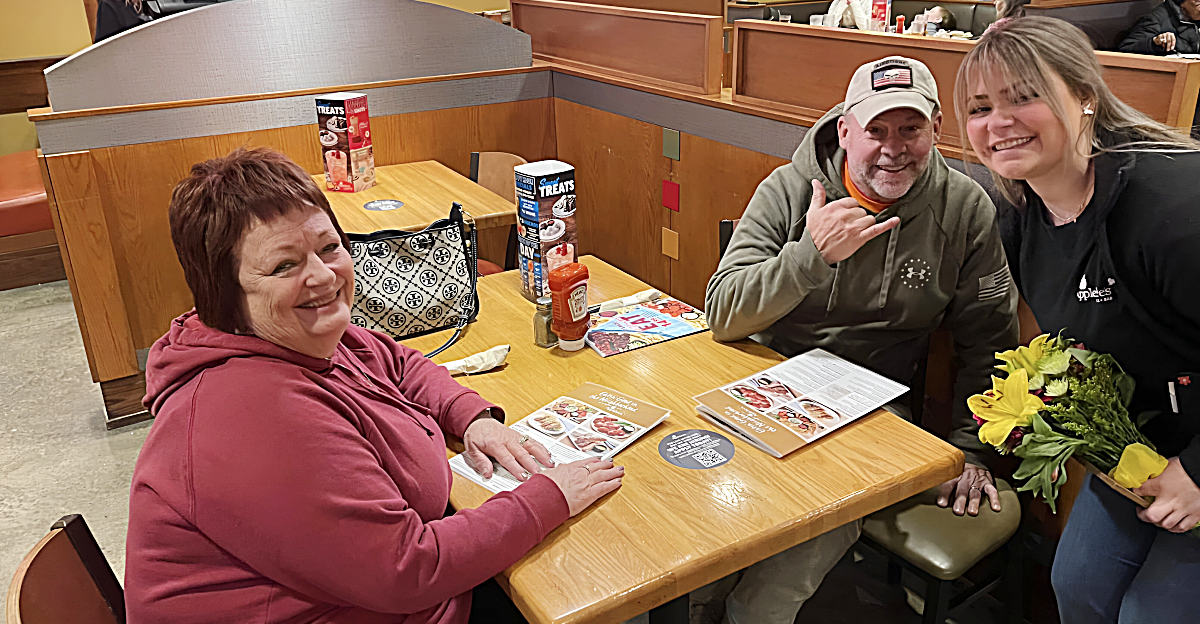
Step inside today’s Applebee’s and the scene radiates a subtle, uncanny energy. Gone are the familiar faces of unwavering regulars, the after-work crowd, and families with generational booth preferences. In their place, a more measured and watchful group quietly thumbs menus, eyes carefully trained on prices. This isn’t a quirk or blip; it’s a generational inflection point. Across America, the bedrock of casual dining is eroding, as once-dedicated diners disappear and waves of value-seeking newcomers test what these brands can offer for less.
The transformation occurs in every dining room from suburban Texas to downtown Minneapolis. What used to be about favorite appetizers and the comfort of the usual has morphed into a cold calculus: every meal choice is now weighed against rent, gas, and wages. The ripple? Not just quieter restaurants, but a changed relationship between Americans and the simple act of breaking bread outside the home.
A Nationwide Warning Bell Echoes from Your Local Eatery

Turn up the volume: this trend is sweeping everywhere, not just the coasts or city centers. John Peyton, CEO of Dine Brands, the umbrella behind Applebee’s and IHOP, has pulled the national fire alarm. What he’s tracking isn’t just a drop in foot traffic, but a wholesale behavioral pivot: lower-income Americans, who form around two-thirds of his customer base, have cut back.
The signs are unmistakable: “extras” like appetizers and desserts left untouched, main courses chosen carefully, whole visits deferred until the next payday. From small-town plazas in Ohio to packed suburban malls in California, the disappearance of once-loyal patrons is a symptom and a signal of broader economic strain. These empty seats reflect not just corporate headaches, but the pulse of American wallets and shifting household priorities.
Remember When Dining Out Was a Special Treat?
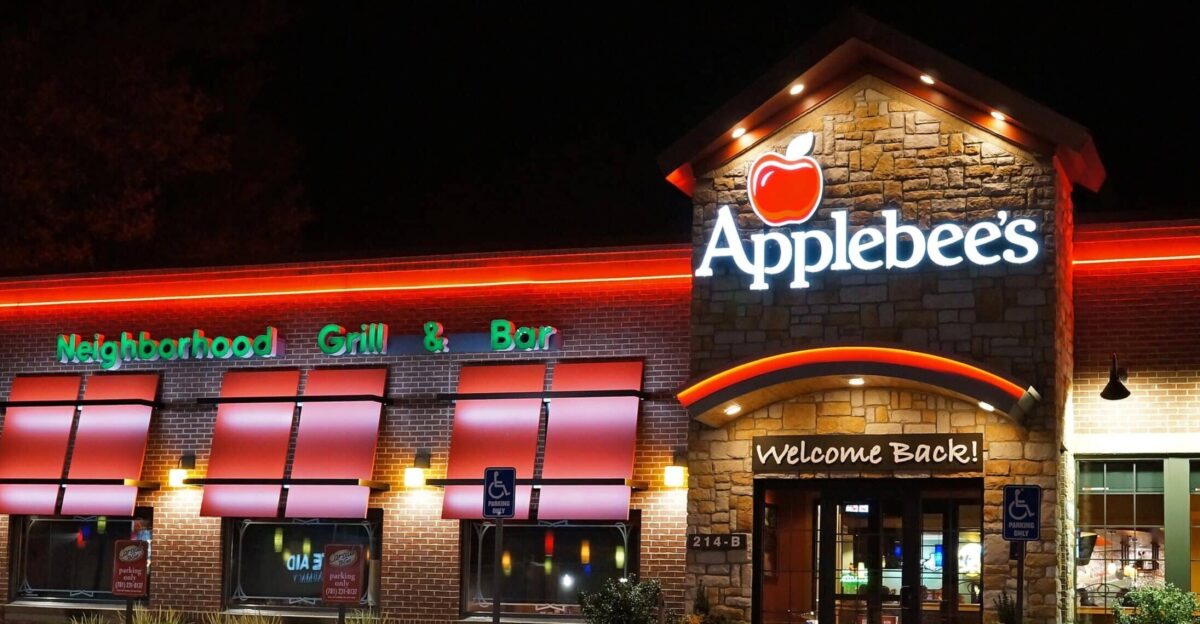
For decades, chains like Applebee’s and IHOP were woven into American routine comfort food on a Friday night, pancakes after youth soccer, and a celebratory burger with friends. Such habits created a sense of belonging, a cycle where customers returned because the meal offered more than calories: it was a tradition. Now, that longstanding ritual stumbles.
The new norm, driven by necessity, sees nostalgia slowly eclipsed by calculation, diners poring over social media for promos, trading community for coupons, and Reddit threads awash with “hack the menu” tips once reserved for airline tickets. The result? Emotional value is still present, but it’s in direct competition with the obsessively practical hunt for deals, a dynamic dramatized nightly in America’s favorite booths.
Why the Shift? Inflation and Economic Tug of War
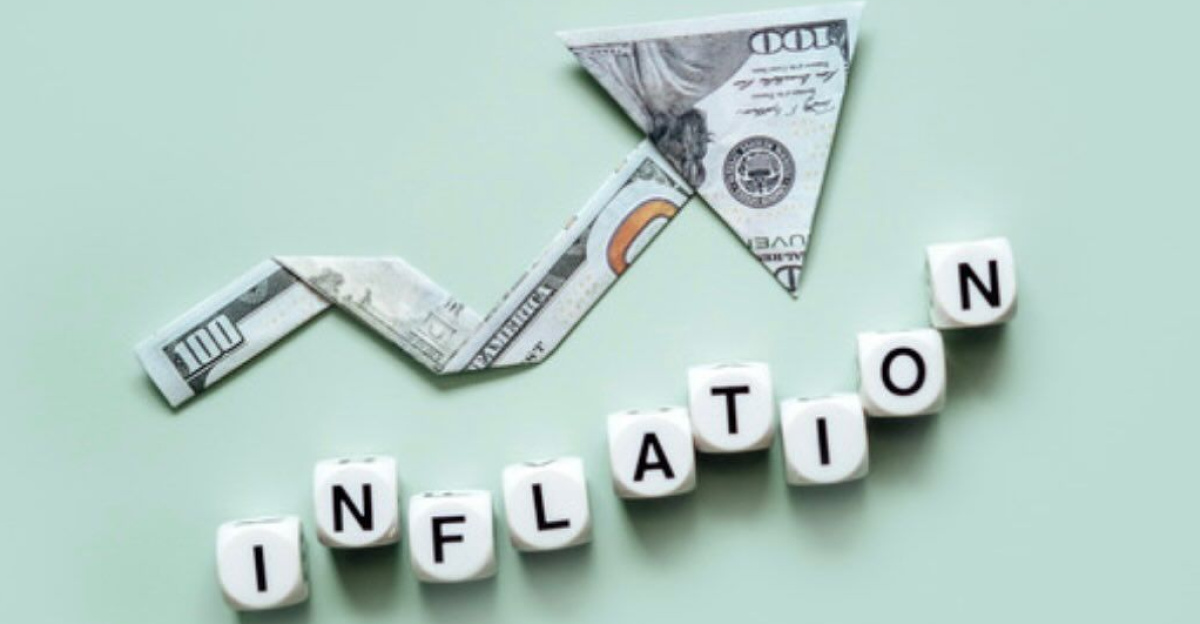
If you squint at restaurant price tags, you’ll understand why this is happening. Inflation continues to outpace wage growth, especially beating down on middle- and lower-income families. Dining out, a spontaneous luxury just a few years ago, now demands conscious budgeting as menu prices climb an average of 6.2% over last year.
For most, this means examining costs closely and trimming every non-essential: the appetizer that used to be an unthinking add-on, the dessert saved for “just because” occasions. Social signals shift accordingly, with YouTube and TikTok’s “budget eats” channels offering viral how-tos for surviving inflation, and even established foodies pivoting their content to feature cost-cutting hacks. The upshot? Americans eat out less, opt down-market, and scrutinize every choice with new intensity.
America’s Core Customers Gone, Replaced by a ‘Budget’ Crowd
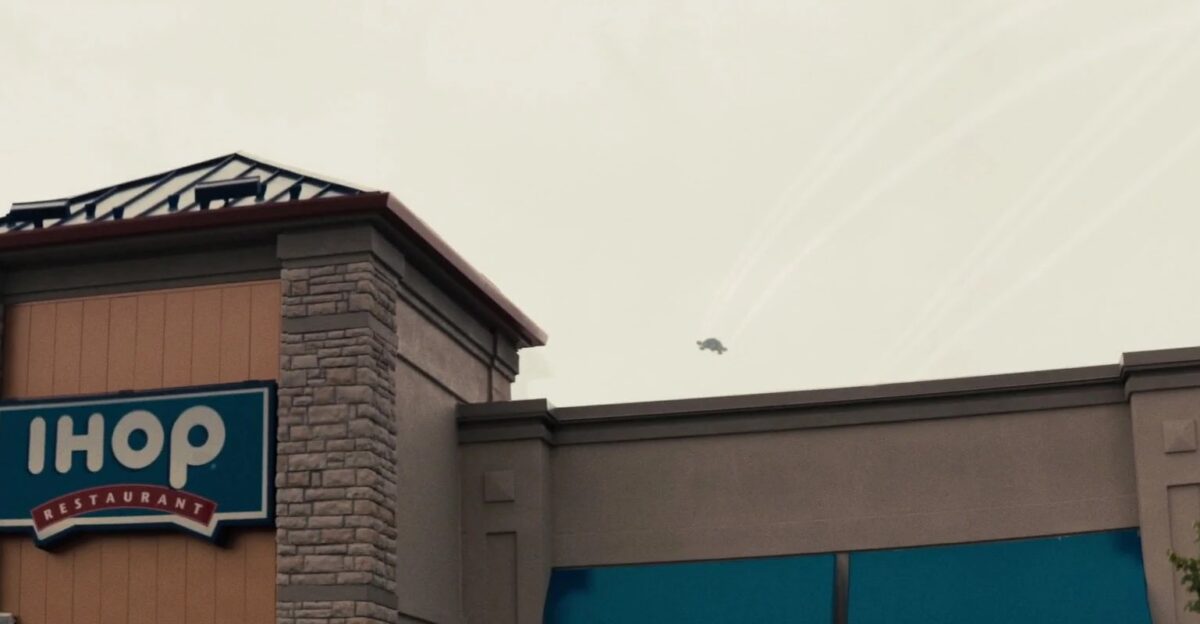
The headline cuts through the noise. John Peyton delivers the unvarnished truth: “Guests remain cautious with their spending, particularly the lower-income guests.” For Applebee’s and IHOP, that translates into a sizable shift, with more guests now actively “trading down” to cheaper menu items, orchestrating their visits to maximize value.
Complex numbers underscore the trend: Applebee’s share of value customers jumped from 28% to 34% this year; IHOP’s, from 16% to 19%. Former “regulars” morph into deal hunters, and the economic engine that once depended on big tabs and brand loyalty now whirs only if businesses play the discount game. For these brands, survival demands better pricing and a fundamental rethink of who their audience is and what they want from every dollar spent.
Watching the Ripple Reach Local Communities
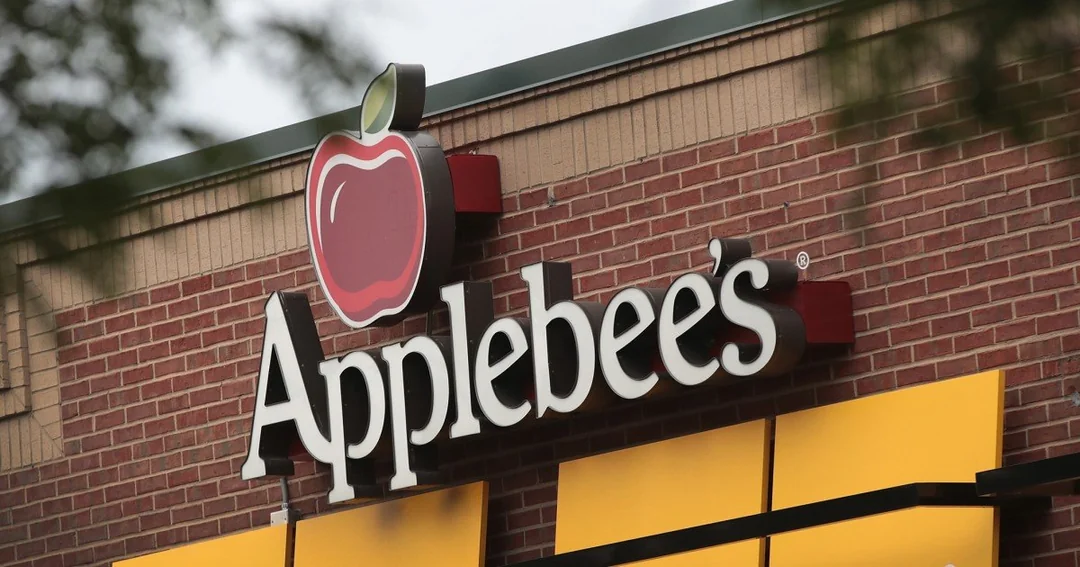
Zoom in on Main Street or your nearest strip mall: the aftershocks of this shift are real. Franchisees feel the pinch as regular visits decline, margins thin, and once-predictable customer flows become a guessing game. Some owners, recognizing that old formats no longer cut it, experiment with pairing Applebee’s and IHOP under a single roof, a mashup concept generating triple the revenue of a standalone site.
Yet, these moves aren’t enough to shield every location. Towns lose not just a favorite eatery, but a piece of their economic infrastructure when underperforming stores shutter. Social media laments and Facebook groups light up whenever a restaurant closes, but behind the nostalgia is a new financial reality: fewer visits, leaner menus, and a relentless hunt for the next big value play.
Behind the Scenes: Franchisees Navigating Rough Waters

To franchisees, adapting isn’t just a strategy; it’s survival. Those who once managed single-concept outlets now invest heavily in dual-branded spaces to hedge against unpredictable spending. Operational headaches pile up: supply costs rise, wage bills stress bottom lines, and every new promotion carries risk. Innovation, though, remains the one constant.
Take Applebee’s loyalty program, which recently ballooned to 8.5 million members. It’s not fluff; these perks are lifelines, offering exclusive deals and tailored incentives to coax one more visit from cautious customers. Yet, even this digital-era solution has limits. Many operators admit that the legendary “core” customer is becoming elusive, a memory quickly aging in the face of relentless economic pressure.
Competitors Jockey for Position in a Shrinking Market

The battlefield has shifted, and Applebee’s is hardly isolated in this fight. Competitors like Chili’s and Outback Steakhouse have opted to protect profit by tamping down deep-discounting, walking a razor’s edge between attracting frugal customers and alienating those chasing value. Meanwhile, fast-food chains, less dependent on table service, endure only modest traffic reductions and even snag market share thanks to quicker service and rock-bottom prices.
The net effect is a recalibrated environment, demanding fresh thinking from casual dining veterans. Success won’t come from racing to the bottom on price alone, but from revamping the entire experience, ambience, menu, and marketing so that every visit feels justified even in budget-conscious times.
The Bigger Picture: Changing Consumer Habits Redraw the Dining Map
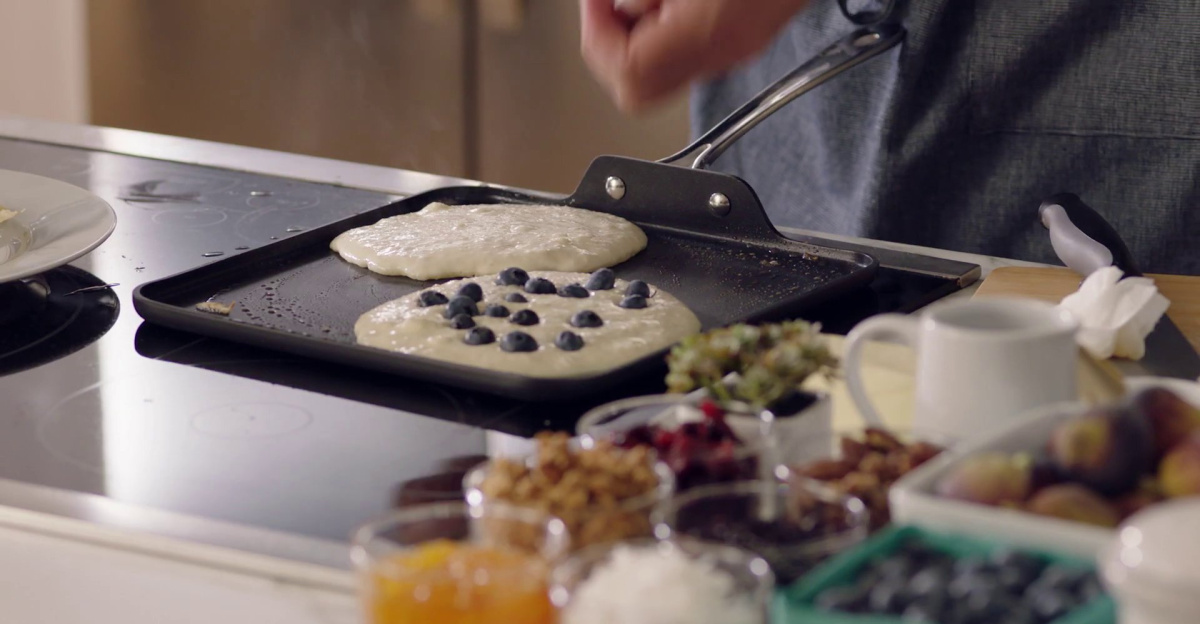
Step back, and it’s clear: the dining landscape itself is being redrawn. Nearly 70% of Americans say they’re eating out less, favoring meals at home to stretch their budgets. At-home cooking, once a chore, is now a TikTok-fueled badge of resourcefulness. Even delivery once the big pandemic winner wanes as travelers opt to pick up food themselves and dodge fees.
From what’s ordered to how it’s paid for, each decision is scrutinized, shared, and debated in vibrant Reddit and YouTube communities. What is the impact on restaurants? A pressing need to focus on affordability, simplicity, and transparent value factors is now driving innovation across every industry segment.
What’s Next? Adapting to a Value-Driven Future or Risking Irrelevance
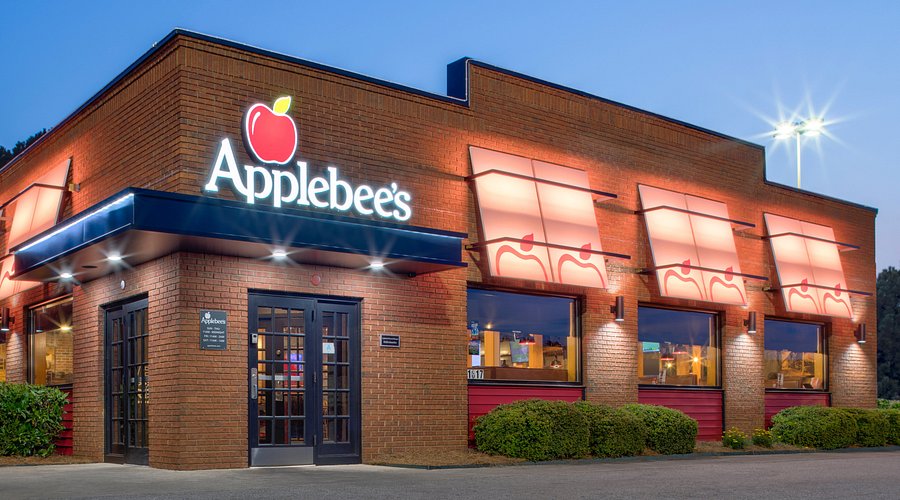
This moment, John Peyton warns, isn’t a bump on the road; it’s a “warning shot” for the industry. To survive, Applebee’s and IHOP have doubled down on reinvention: harnessing AI and predictive analytics to serve up smarter deals, customizing menus, and retooling marketing to highlight genuine bang for the buck.
Technology and tradition collide in the scramble for relevance, as the search for “just enough extra” nudges out both legacy loyalty and margin-busting promotions. The challenge is stark: brands must transform caution into confidence or risk watching their former empires become relics of more optimistic times. The coming years will test who can win back the wary “budget” crowd and who gets left behind.
